Via dei Presepi
Every day is like Christmas on this street where the traditional Neapolitan nativity scene comes to life.
The center of Naples is marked with many narrow pedestrian roads, but Via San Gregorio Armeno, also known as Via dei Presepi (Presepi Street), stands out. The street is completely full of shops dedicated to the traditional Neapolitan presepio, the Christian nativity scene. Almost every figure and decoration found here is handmade by local nativity scene artisans.
The tradition of the presepio (also spelled presepe) goes back to the Middle Ages, when Saint Francis of Assisi created the first nativity scene in 1223, depicting the infant Jesus in a manger. But it wasn’t until the 16th century that it started to become common in Naples to put nativity scenes in churches and houses before Christmas. During the 17th and 18th centuries the nativity scene became more widespread and began incorporating fine handcrafted figurines. Many presepi from this era that are true works of art can be seen in churches and palaces in Naples and the surrounding region.
Now, besides the classical figures of the presepio—the baby Jesus, Mary, and Joseph—all kinds of statuettes can be found on Presepi Street, from pizza makers to animals, and especially caricatures of celebrities like politicians, singers, TV personalities, and athletes (mostly soccer players), in a fusion of sacred and profane. The figures are often small enough to place in a nativity scene, but sometimes even life-size statues can be found. Also on offer are various decorations and structures crafted for nativity scenes, from little household objects to full houses, as well as trees, mountains, and evens rivers and waterfalls with real water.
Many characters or places have hidden meanings rooted in the long tradition of the presepio. Different merchants represent different months of the year, and the river represents the mythical river Acheron that marked the border of Hell. Statues of the classical masked character of Pulcinella that has represented Neapolitan people since the 16th century are also very common, along with other symbols of the local culture, such as the little horn amulet worn to protect against bad luck.
Know Before You Go
Most of the shops are open all year-round so you don't need to wait until the crowded festive season to buy everything you need for your Neapolitan nativity.


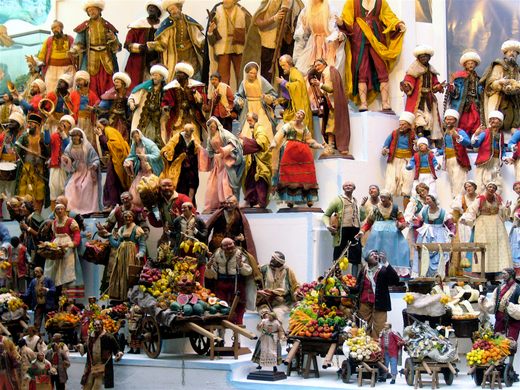





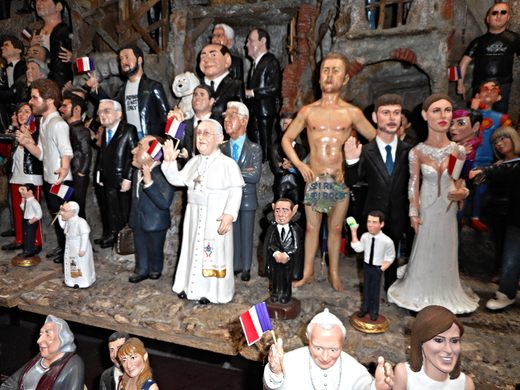








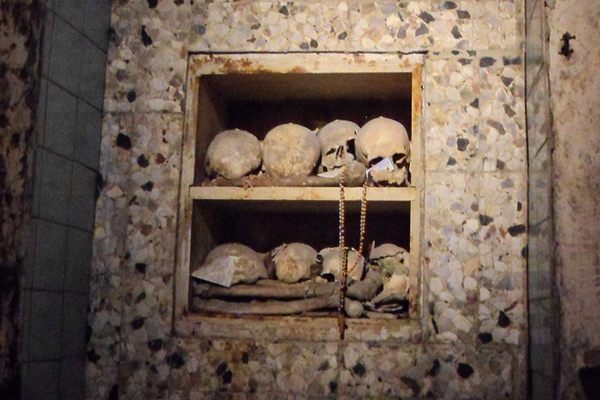




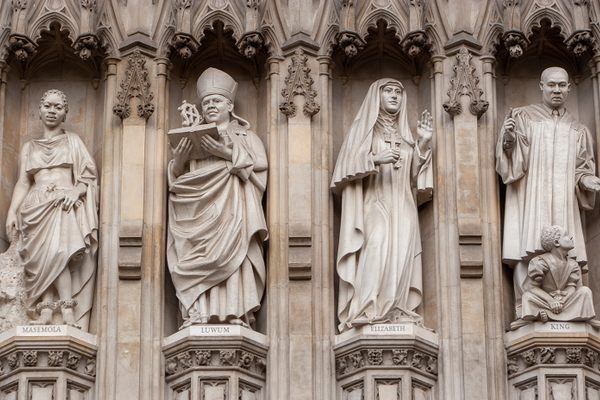
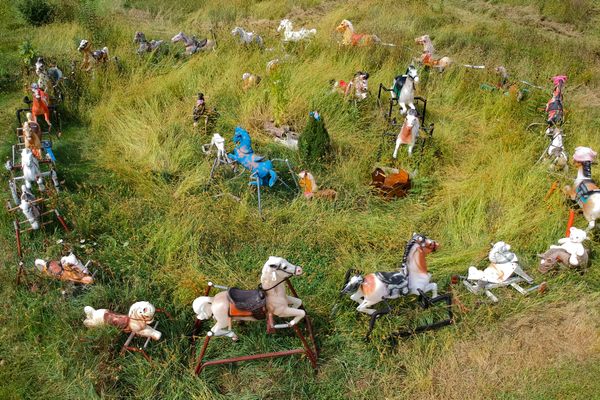


Follow us on Twitter to get the latest on the world's hidden wonders.
Like us on Facebook to get the latest on the world's hidden wonders.
Follow us on Twitter Like us on Facebook